It's time to once again take 10 famous people from the past and examine what everyone thinks they did, but didn't. In other words, 10 more myths about historical figures.
10. Ben Franklin and Daylight Saving Time
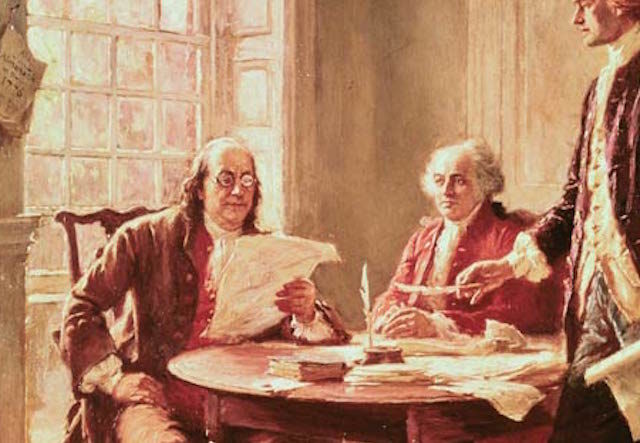
There's no doubt that Benjamin Franklin was a pretty smart guy. In fact, there's a long list of useful things he either invented or helped improve, but because he was such a prolific inventor, he often gets credit for things he had no hand in. One such example is daylight saving time, where clocks are moved forward one hour in the spring to take full advantage of sunlight, and then moved back in the fall.
The idea that the Founding Father came up with the idea dates back to 1784. At the time, Franklin, 78, was living in Paris, where he was serving as the American envoy. He published an essay in the Paris Journal from April 26 , in which he wrote that Parisians would save a fortune on candles if they got up at sunrise.
Here's the thing, though. Franklin's essay was clearly satirical. He wrote that he was the first person in Paris to discover that the sun rose so early after he was mistakenly awakened at six in the morning by a random noise and found his room flooded with sunlight. He also wrote how he told his friends and they refused to believe it was possible.
Franklin also made no mention of setting the clocks forward. Instead, his proposed solutions (again, as satire) were to tax shuttered windows that blocked out light, limit the sale of candles to one pound per week per family, ring church bells every morning at six, and last but not least: shoot cannons on the street to wake everyone up.
9. Fidel Castro and baseball
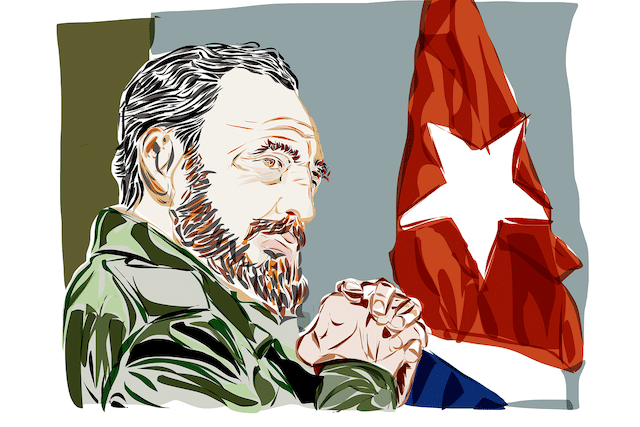
Fidel Castro wore many hats in his life: activist, revolutionary, political radical, guerrilla leader, ruthless dictator… And, according to one persistent myth, he almost wore another hat: that of a New Yorker. Yankees .
There is no denying that Fidel Castro was a big baseball fan. He was also pretty good at it, having played the sport while attending college in Havana. However, there is a big gulf between “decent” and “Yankee.” Castro was never good enough to turn pro, but popular history claims that he was once a Yankee prospect in the 1950s, sometimes moving to the Senators from Washington .
Like many good myths, there may have been a grain of truth in this one that helped it take shape. It is possible, though not certain, that Castro may have participated in the mass screenings staged in Cuba. Joe Cambria , a famous baseball scout who brought many Cuban players to America. Even if that had happened, Castro would never have been taken seriously, but he liked the story and certainly never made any effort to discourage it.
8. Charles Lindbergh and the transatlantic flight

Charles Lindbergh may be the most famous aviator in history, but if you asked people what made him so famous, many of them would probably give you the wrong answer. You could say that Lindbergh made first transatlantic flight back in May 1927, when he boarded the Spirit of St. Louis" and flew from New York to Paris.
There's no denying that Lindbergh's flight was a landmark moment in aviation history, and even human history for that matter, but it came with two important caveats that people tend to overlook: it was the first solo, nonstop transatlantic flight. That meant Lindbergh flew directly from point A to point B without stopping along the way, and he did it all alone. That's still an incredible feat, but it's detracted from the fact that dozens of others had flown the Atlantic before him.
If we are looking for the first non-stop transatlantic flight, that honor goes to To John Alcock and Arthur Brown, who successfully completed his journey in June 1919, eight years before Lindbergh. And if we're looking for the first transatlantic flight in history, we need to go back a few weeks, to May 1919, when the crew of the Curtiss NC-4 flying boat, commanded by Rear Admiral Albert Cushing Reed, made the 1919 year . days, after several stops for repairs.
7. Cass Elliott and the Ham Sandwich
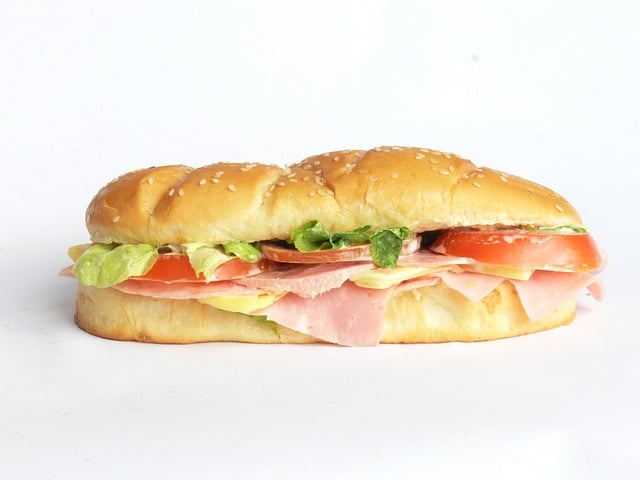
As grim as it may be, celebrity deaths are always a rich source of myths and urban legends. For example, did you know that Cass Elliott, better known as Mama Cass for her work with Mamas & the Papas, choked ham sandwich? Well, that's not true, but the story emerged shortly after her untimely death in London on July 29, 1974, and hasn't gone away since.
Who exactly was responsible for this idea is still unclear. Some point the finger at a careless Met officer who opened the mouth of the press. Others say the first doctor on the scene was to blame, as he too spoke to the media when he shouldn’t have, and mentioned that there was a half-eaten ham sandwich next to the body, which could have been related to the cause of death. Since Cass Elliott’s weight has long been the butt of jokes in the media, this was all it took for some unscrupulous journalists to craft a brutal but convincing demise for the singer.
The third alternative source of the rumors was Elliott's manager, Allan Carr , who deliberately planted the story, even though he had more noble intentions. In addition to her weight, Cass Elliot also had a pretty serious drug habit, so once Carr heard she had suddenly died, he assumed it was an overdose and thought the ham sandwich story was a less shameful route.
Finally, the British pathologist Keith Simpson performed an autopsy and found the cause of death to be a heart attack. There were no drugs or ham sandwiches in Elliott's system, but by then the rumor had become fact.
6. Ronald Reagan and Casablanca

Most people know that Ronald Reagan was an actor before he entered politics and eventually became President of the United States, but did you also know that during his film career, Reagan almost played the lead role in Casablanca » ?
This little piece of movie trivia is often presented as a fun “what if” from Hollywood history. What if Humphrey Bogart had missed out on his most iconic role? It became would Casablanca hit without him? Will the film's success keep Ronald Reagan out of politics?
As before, the story of Reagan and Casablanca simply isn't true, but in this case we know exactly how the myth came about. It was the result of a press release issued by the Warner Bros. advertising agency in early 1942, which said that the film would star Ronald Reagan and Ann Sheridan . But it was so early in pre-production that work on the script hadn't even begun, and no casting decisions had been made. These kinds of press releases, which contained no specific information, were fairly common at the time, and were simply intended to generate additional publicity for the studio's stars.
The person who had the final say in casting, the producer Hal Wallis , later stated that he never seriously considered anyone other than Bogie for the role, although it is true that he originally wanted Ann Sheridan instead of Ingrid Bergman.
5. Albert Einstein and school mathematics

The name "Einstein" has become synonymous with "genius," and given his extraordinary personality, it is no surprise that many myths have arisen about him. The most famous of all, of course, is that Einstein failed math in elementary school This is a popular story because it helps us all feel better about our own mistakes and failures and gives us hope that one day we can turn things around.
While that last part is certainly possible, the bit about Einstein is not, although there is a grain of truth to it. Albert Einstein was gifted in geometry, physics, and algebra from a young age, and by age 11 he was studying them at a college level. It is true that he failed the exam, although it was not a high school exam, but an entrance exam to Zurich Polytechnic Institute Einstein first took it when he was just 16 years old, and he failed because the tests were in French, a subject that young Albert struggled with. However, he still answered all the math questions.
Another possible source of the myth was a change in the system ratings at his school. Anyone who looks at Einstein's academic records will notice that at some point he started getting a bunch of 6s, which should have been the lowest grade, while 1 was the highest. However, Einstein didn't suddenly go mute. The school simply changed the order of grades, making 6s the highest. Sorry, but Einstein was always a prodigy.
4. Gene Simmons and cow tongue

The band KISS is known for a few things: rocking all night, partying every day, and staging outrageous and theatrical live shows. There are rockets, pyrotechnics, smoking guitars, fire-breathing people, and, of course, makeup. To top it all off, bassist Gene Simmons became famous for his incredible tongue, which he proudly showed off at every opportunity. In fact, his tongue became so famous that people began to doubt its authenticity. Rumors soon surfaced that Simmons had improved his appearance by surgically replacing his own appendage with a cow's. language .
This is, of course, absurd for many reasons. Aside from the fact that tongue transplants were medically impossible when KISS first had success in the early '70s, a cow's tongue is almost 20 times more , than a human, so the difference would be quite noticeable. Also, while Simmons' tongue is large, it's not the largest tongue ever or anything like that. It's just larger than normal.
Finally, the myth was debunked by the man himself. He called the story his " favorite rumor about KISS ", but confirmed that his language is 100 percent Gene Simmons'.
3. George Washington Carver and Peanut Butter
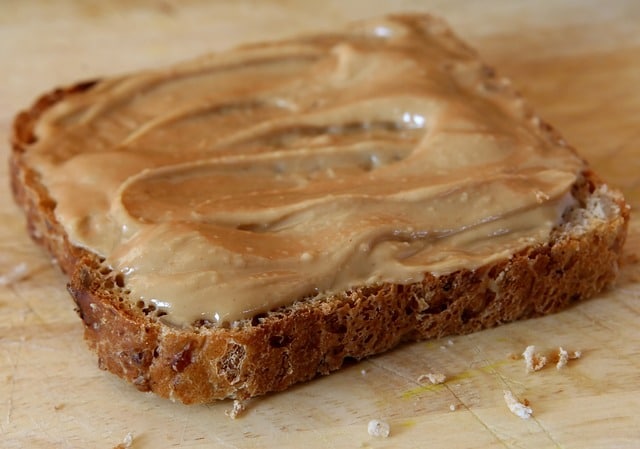
George Washington Carver was a scientist whose efforts were integral to the agricultural economy of the United States, especially the South, which depended entirely on cotton crops. Yet he is largely remembered as the "peanut butter guy," which not only belittles his accomplishments but is not even true.
Born in slavery , Carver wanted to help black people sharecroppers , who were constantly indebted to white plantation owners by increasing the productivity of their farms. Cotton was by far the most profitable crop in America, but it was also very demanding on the soil. Since most black farmers were barely scraping by on meager profits, they had no choice but to plant the most valuable crop. But growing cotton season after season depleted the soil of nutrients, so Carver wanted them to practice crop rotation and alternate crops to give the soil time to heal. But farmers were only willing to do this if they could make a profit on these other crops, so Carver began dreaming up hundreds and hundreds of uses for soybeans, sweet potatoes, and, of course, peanuts.
Carver came up with over 300 applications peanuts alone, from shaving cream to glue to shampoo and all sorts of food products. Yet peanut butter wasn't one of them, because it already existed. The Aztecs and Incas had made a paste from roasted peanuts centuries earlier, and in modern times, several people have filed patents related to peanut butter, including Dr. John Harvey Kellogg.
2. George Crum and Potato Chips

The story of how one of the world's most popular snacks came to be is one of malice and chance. One day in 1853, a man visited house by lake muna in Saratoga Springs, New York, and ordered French fries. When his food arrived, the man immediately sent it back, complaining that the fries were too thick and not salty or crispy enough.
The restaurant's chef was a native African American named George Crum, aka George Speck, and he didn't like fussy eaters. Were his potatoes too thick? Good, he sliced them as thin as he could. Were they not crispy or salty enough? Good, he cooked them until they were crispy and bathed them in salt. To his surprise, the patron loved them, and the potato chip, or Saratoga chip as Crum called it, was born.
To make the story even more fantastic, some versions claim that the patron was none other than a railroad magnate. Cornelius Vanderbilt . Unfortunately, there is nothing to indicate that any part of this story is true. Crum was considered one of the best chefs in America of his time, and yet no one in his lifetime hailed him as the inventor of the potato chip, not even Kram himself This story spread after his death, and the true inventor remains a subject of debate to this day.
1. Walt Disney and the Ice Head
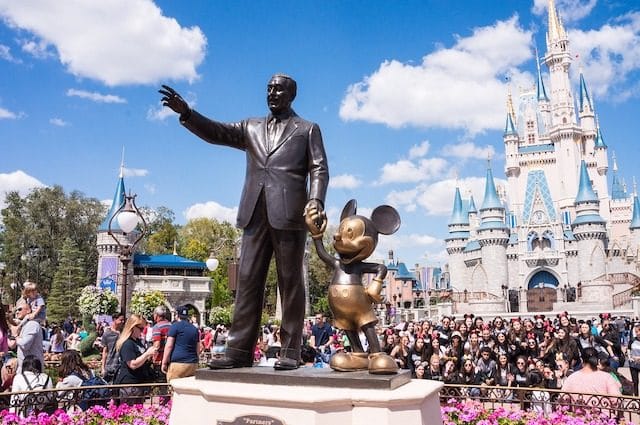
Cryonics — is the practice of freezing a human body shortly after death in the hope that future medical advances will allow us to bring it back to life. Sometimes the entire body isn’t even required; just the head. Of course, by the time medical science has advanced to the point that resurrection is possible, we’ll have overcome our need for a body and be able to embed our brains in a computer, an android, a smart toaster, or something similar. There are many who have pinned their hopes on the longevity of cryonics, including, if the myth is to be believed, its most famous patron, Walt Disney.
According to popular urban legend, the head of the Disney company is currently on ice, waiting for science to figure out the whole "death" thing. Some even say it's stored in a freezer underneath the Disneyland ride " Pirates of the Caribbean ".
There is no evidence that Walt Disney was interested in cryonics, let alone that he froze himself. His own daughter debunked this myth, and records show that Disney cremated his body after his death. Some say the rumors were started by a few rogue Disney employees, while others blame an old tabloid reporter The National Spotlight .


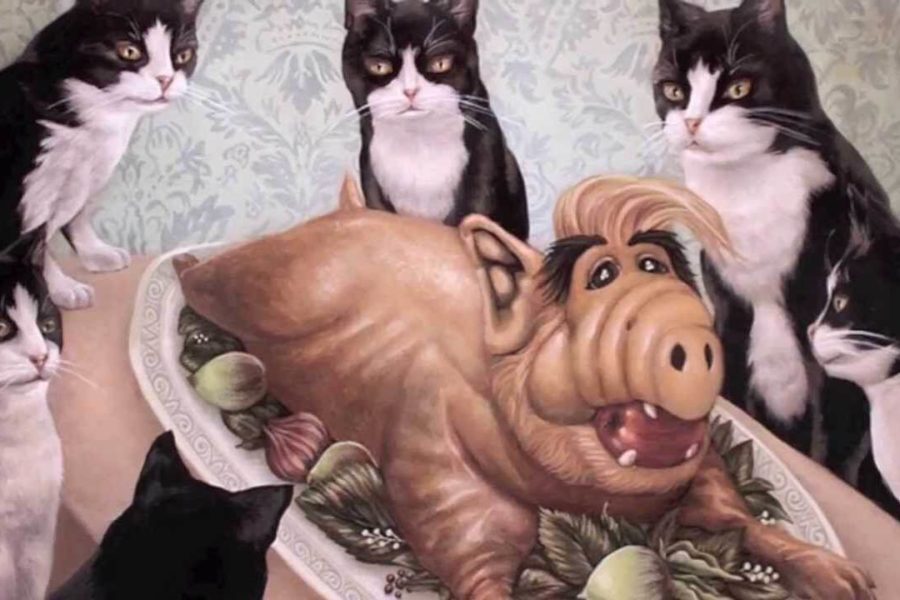
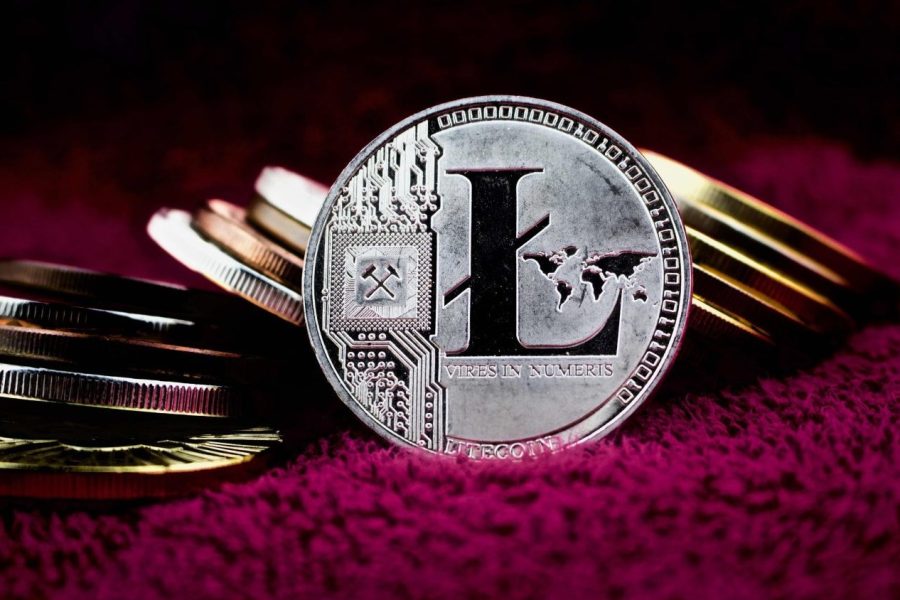

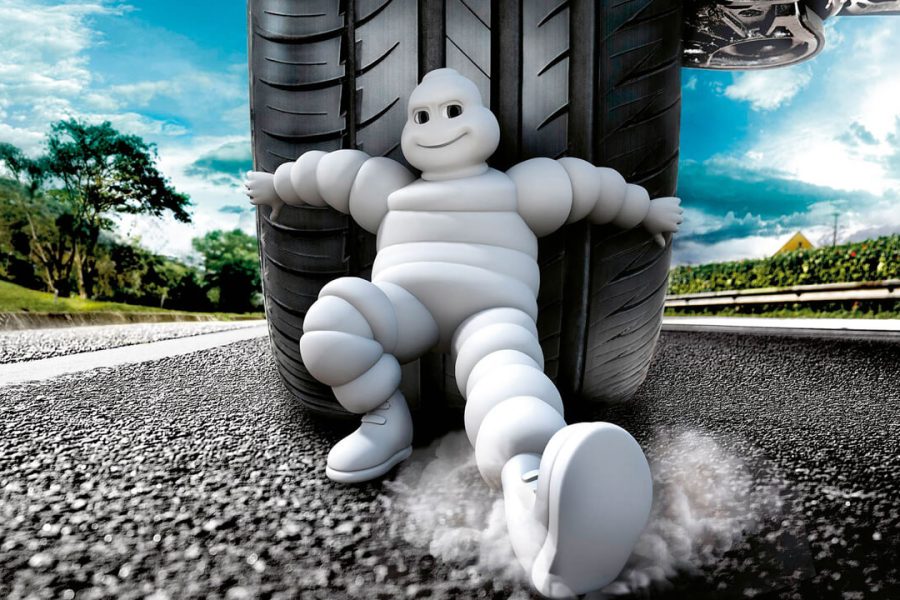






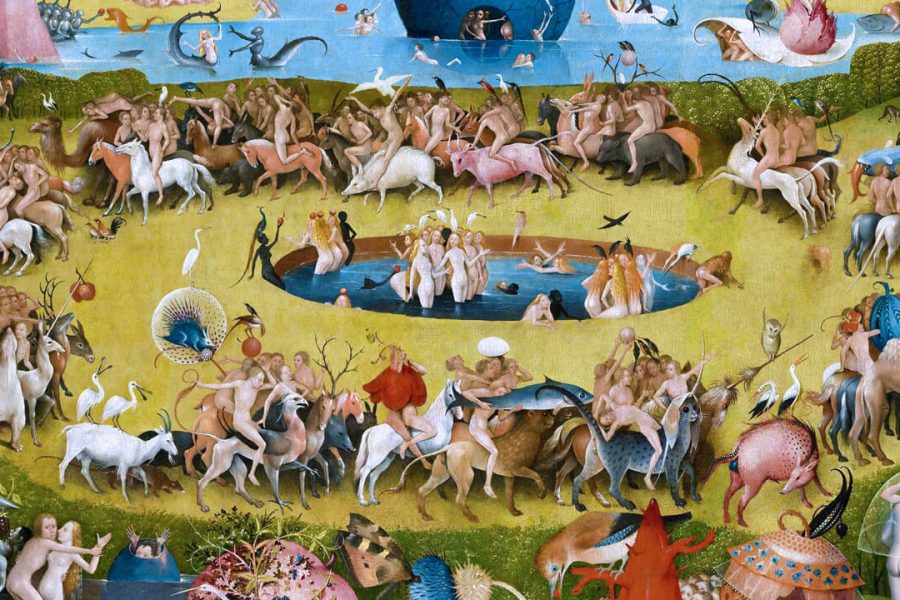
Оставить Комментарий